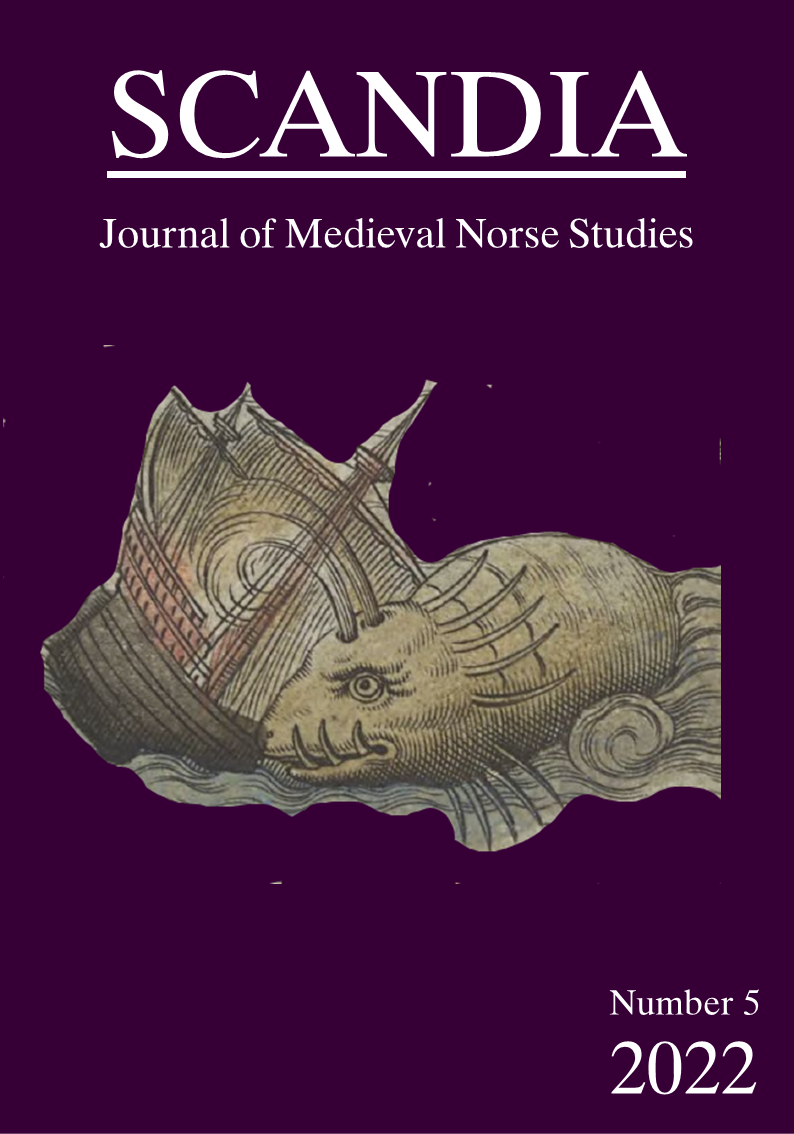INVESTIGATING THE VIKING AGE LANDSCAPE AT LUNNASTING, SHETLAND: DATING, CHARACTERISTICS, FUNCTION
Abstract
This article explores the Viking Age landscape at Lunnasting on the archipelago of Shetland. It aims to understand how the thing site emerged, what his characteristics were, and what other function(s) it may have had before it became an assembly site. The article investigates the Iron Age roots of the site and underlines the continuity with its Viking successor. It will become obvious throughout the paper that Lunnasting was an unusually powerful and important place even long before the Vikings appropriated it, and continued to operate as a central place of power for centuries following the end of Norse occupation. It will be concluded that based on the archaeological record, it can be suggested that Lunnasting was at some stage the most important medieval assembly site on Shetland.
Downloads
##submission.downloads##
Pubblicato
Fascicolo
Sezione
Licenza
The author (s) of the original submitted undertake to comply with the following:
- All authors are publicly responsible for it.
- The authors claim that this original is their own and that they assume full responsibility to third parties, whether moral or patrimonial, by reason of its content, stating that the work does not infringe any intellectual property rights of third parties.
- The author (s) agree to the copyrights of the original to Scandia Journal, to which they grant permission for its reproduction, editing and online publication.
- The author (s) grant their copyright of their original to the Scandia Journal, licensed under the Creative Commons Attribution License, which allows the sharing of this work with the acknowledgment of their authorship.
- The author (s) have permission and are encouraged to cite and distribute their original.


